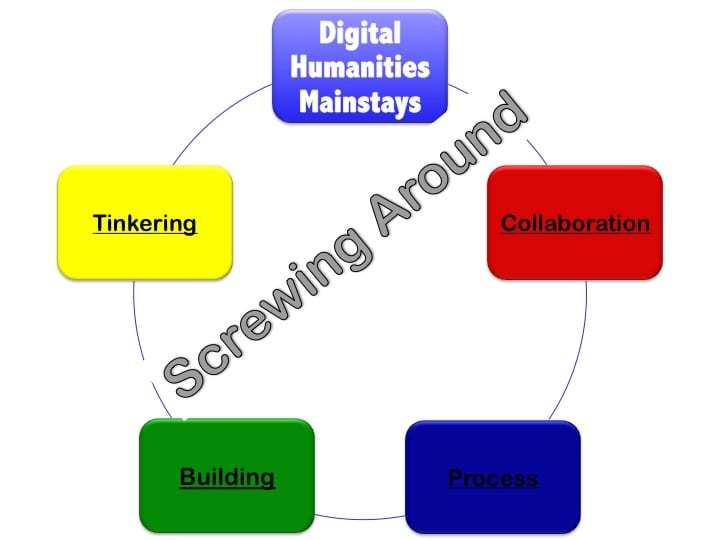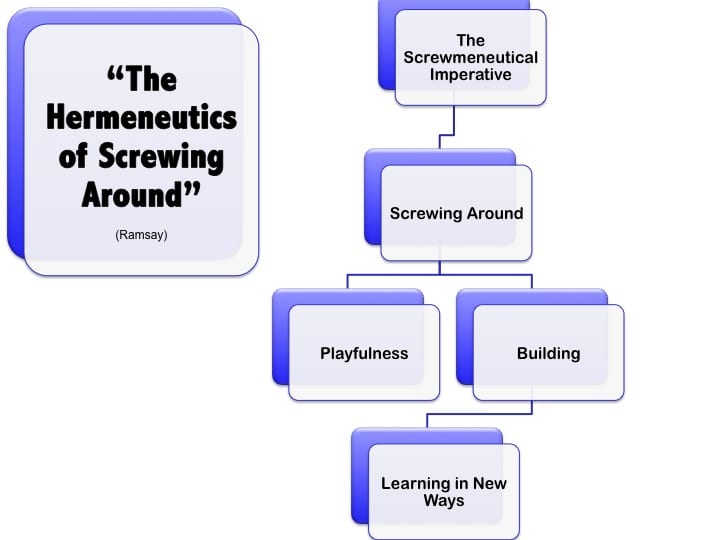
I’ve spent a lot of my career here at SJSU converting my research-oriented practices towards a more forward-facing collaboration with my students in project-centered learning environments. During my first forays into adventures with SJSU English and Composition students more than a decade ago, I taught the way that faculty had taught me at Cal State L.A. so many years ago: lectures with lots of interesting discussion centered around a novel or poem or philosophical musing. Grad school was like that, too, until I got into my dissertation area. And, I just assumed, even while teaching at multiple schools in the City University of New York system, that all students were as fascinated as I was about literature, culture, news, politics, the world. The CUNY students at Hostos Community College, Queens College, and Lehman College taught me differently, but in the throes of finishing a dissertation, living in the vibrancy of NYC, and moving across country for a job, I didn’t quite get it.
And, I didn’t quite get it when I arrived at SJSU an Assistant Professor in 2005, though I had just finished a traditional dissertation PLUS a project-based dissertation where my advisors let me roam around, ask questions, fail, and discover for myself. I hadn’t yet found a bridge to be able to facilitate that kind of learning…at least until Digital Humanities methodologies became much more transparent.
Continue Reading…


